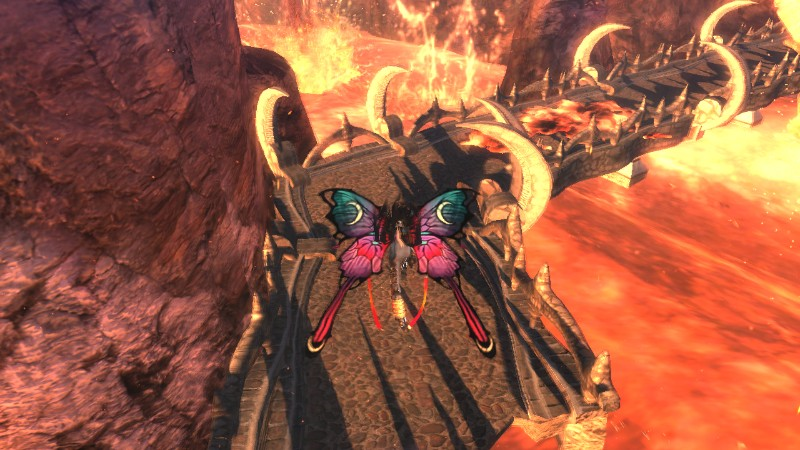 |
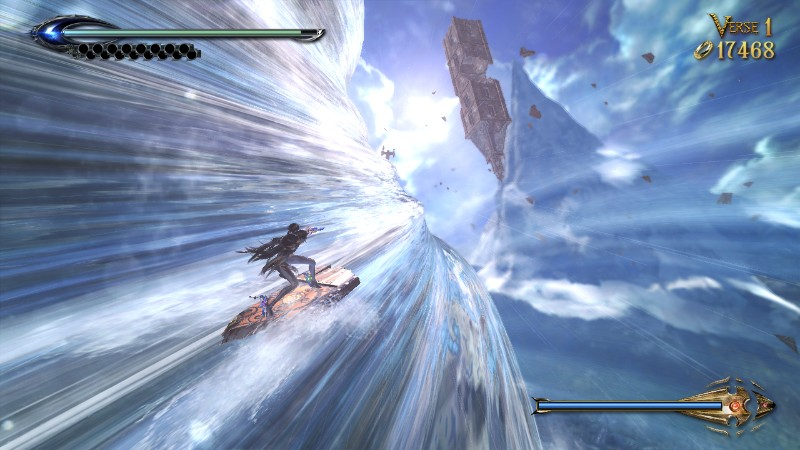 |
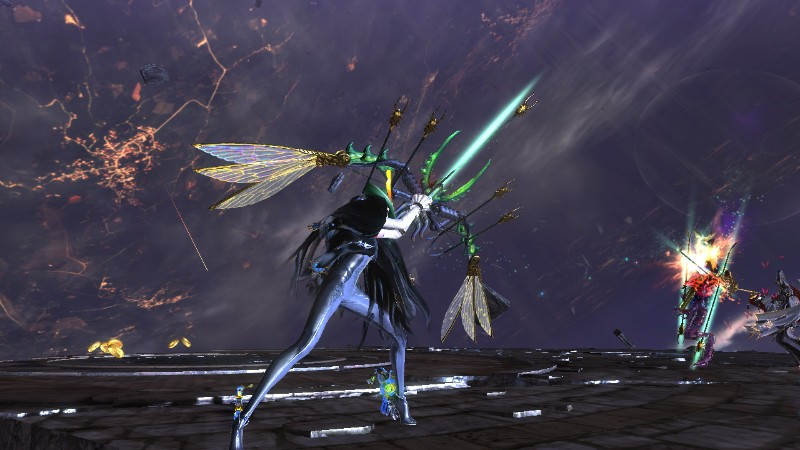 |
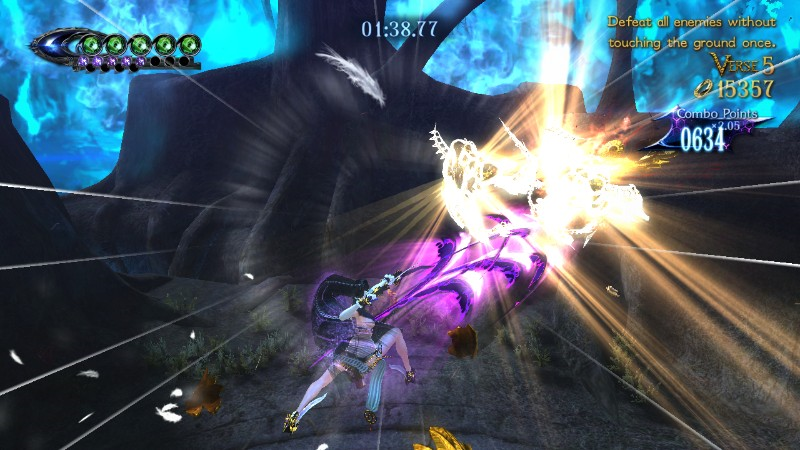 |
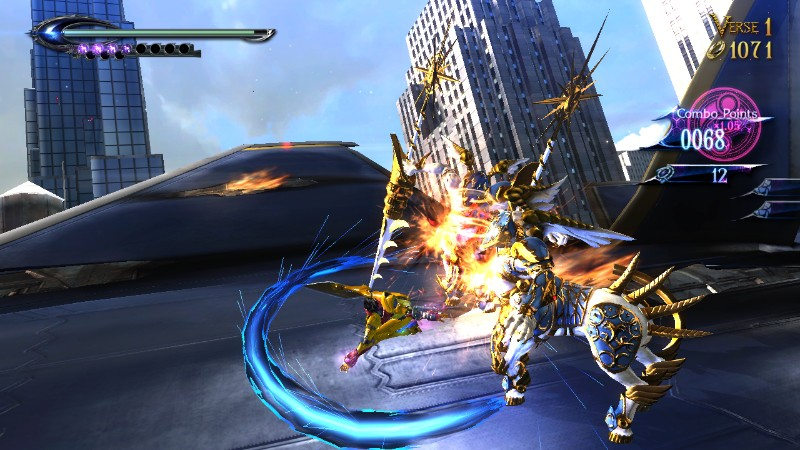 |
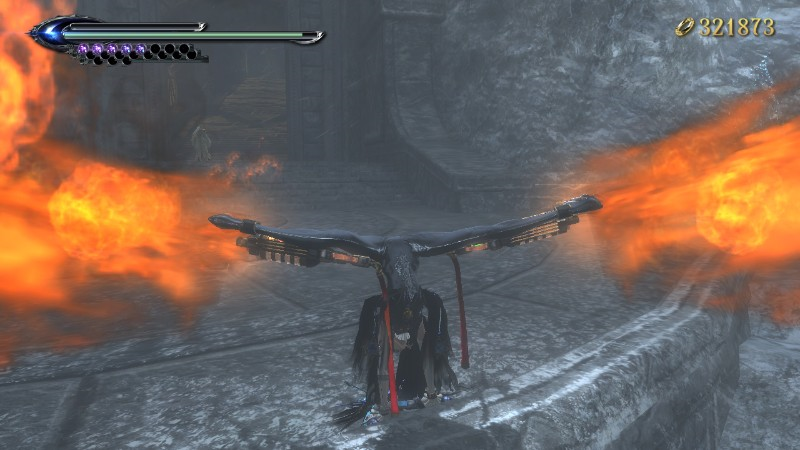 |
| With
its sexy female character design and profound enemy design, Bayonetta
2's incredible environments are probably glossed-over by most. The truth
is, though, Platinum's staff put just as much into the game's environments
as they did the characters and creatures that inhabit them. Even though
the game may give off a gothic vibe, it's not limited to just a bunch of
gothic stages. Bayonetta 2 takes you on a wild, wild ride through
an eclectic variety of locales ranging from "The Empire State"
and lavish cathedrals, to ethereal voids and even the bowels of Hell. There's
nothing quite like battling enemies on the wings of an F-14 fighter jet
as it weaves through the skyscrapers of the New York skyline, or running
up, down, and around marble cathedral walls. When she's not dishing out
beatdowns on foot, Bayonetta rockets headfirst through voids, surfs the
side of a bright, glistening cyclone, traverses giant, barbed vines, or
swims through dark depths. It's all very exhiliarating. |
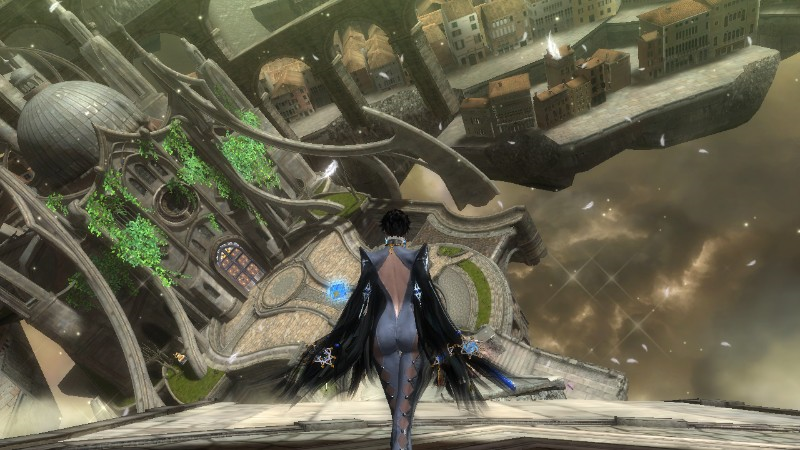 |
| Like
the game's characters, Bayonetta 2's creators showed that they could
make similarly nuanced environments that are beautiful, yet profound. Bayonetta's
darkest, dirtiest areas are tainted with spikes and lifeless foliage under
blackened skies that suffocate slivers of light as far as the eye can see,
yet still have a sort of profound beauty. There aren't many chances to stop
and let the incredibly-detailed locales sink in while dredging through the
legions of angels and demons, but when you actually do stop and look
around, it hits you and you realize that few games possess its craft. It's
not entirely odd to stop mid-journey, look around, and say to yourself,
"this game is fucking incredible." The virtual construction of
each stage (and its secret areas) was likely a huge undertaking, yet they
delivered on a level far above any other game the year it was released,
and even most in its generation. But, it's not just that Bayonetta 2
has pretty environments... |
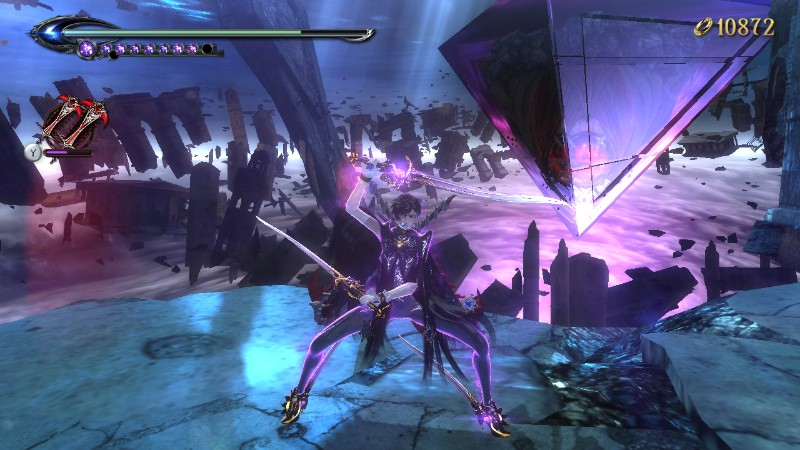 |
| Much
like its marriage of seemingly opposite themes of gore and fashion, Bayonetta
2's eclectic locales are the blood-soaked grounds where gore and fashion
meet. They are the backdrops which set the tone of elegance and bloodspill
throughout the game. Though eclectic and virtually unrelated to one another,
none of the areas feel as though they are unintended for the rivers of blood
that run through them. Though populated in some areas, at no point are these
rivers of blood from the innocent. Bayonetta's interaction with the innocent
is (thankfully) regulated to inducing fear or crushing envy, but never any
physical harm. Bayonetta 2's majestic backdrop massacres may just
seem like senseless violence on the surface, but literally looking behind
it all shows a delicate, yet highly-functioning relationship between themes
historically divided by large disparity. Success was met in connecting such
themes, and at no time do the locales ever feel uninspired or boring. |
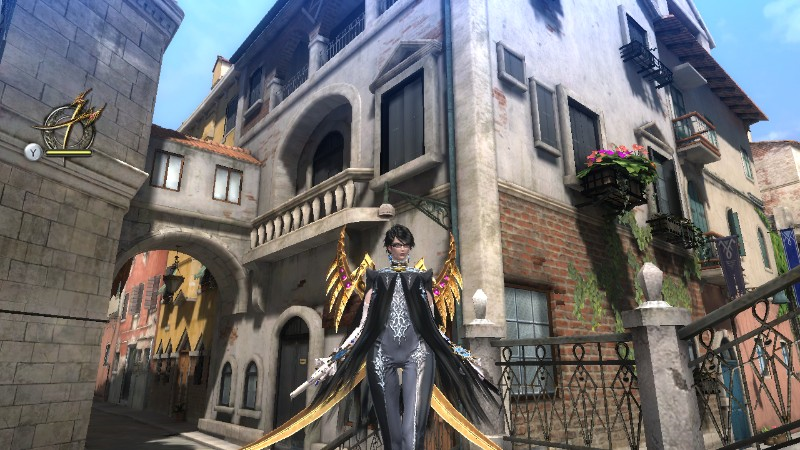 |
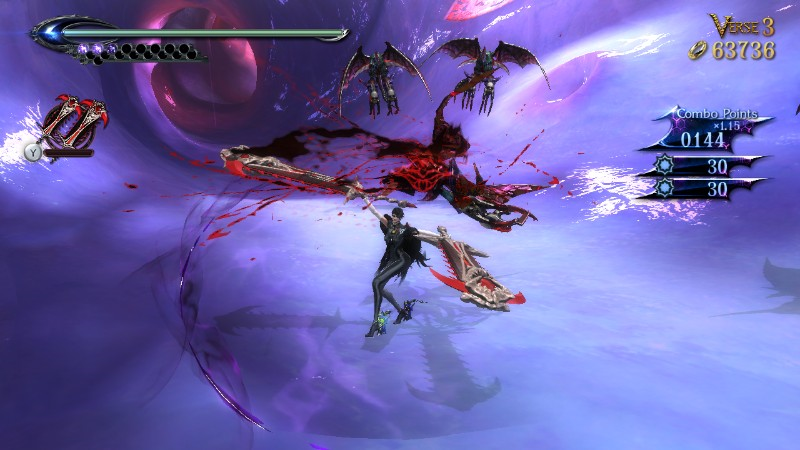 |
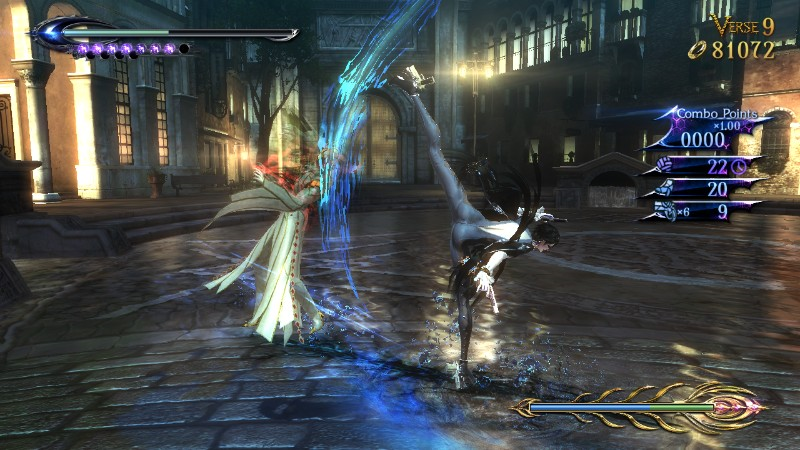 |
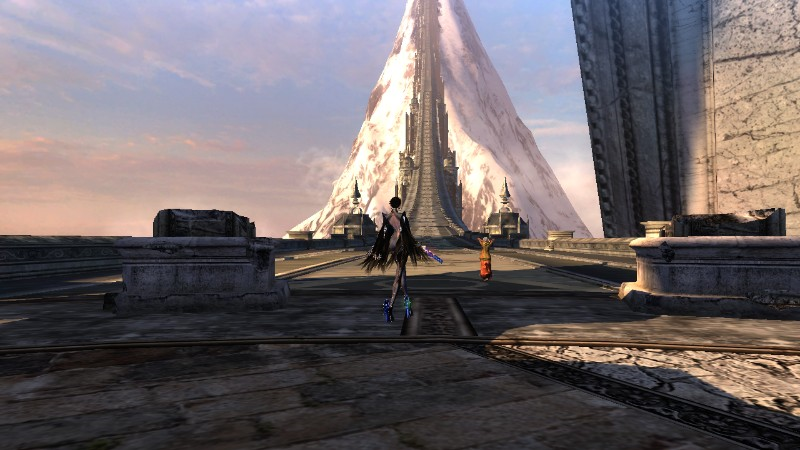 |
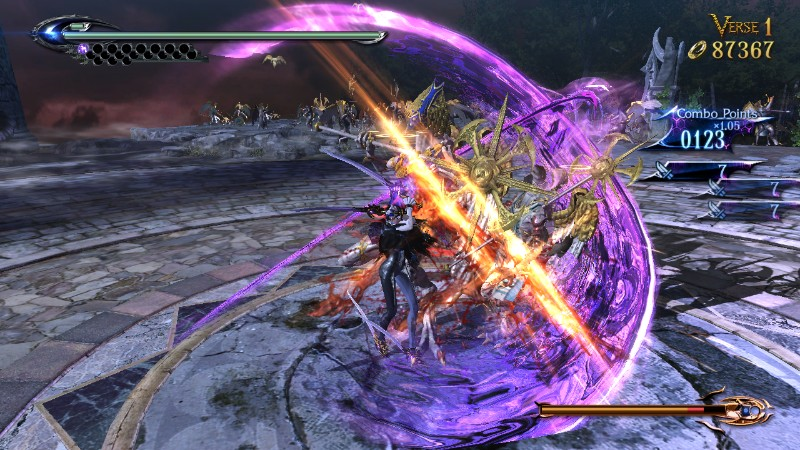 |
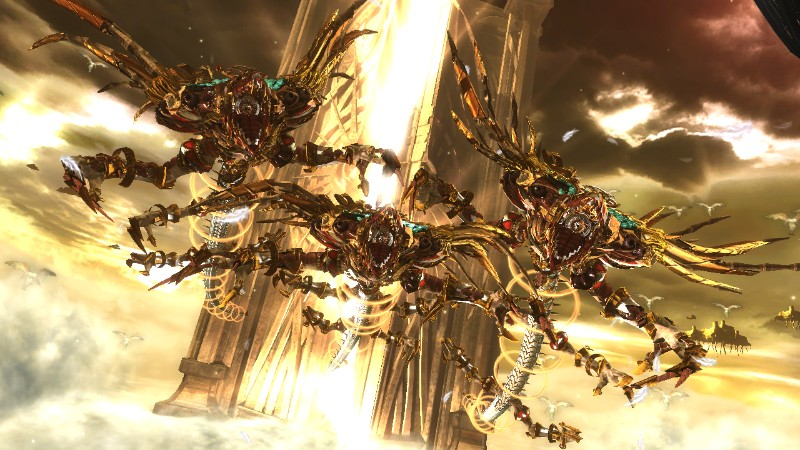 |
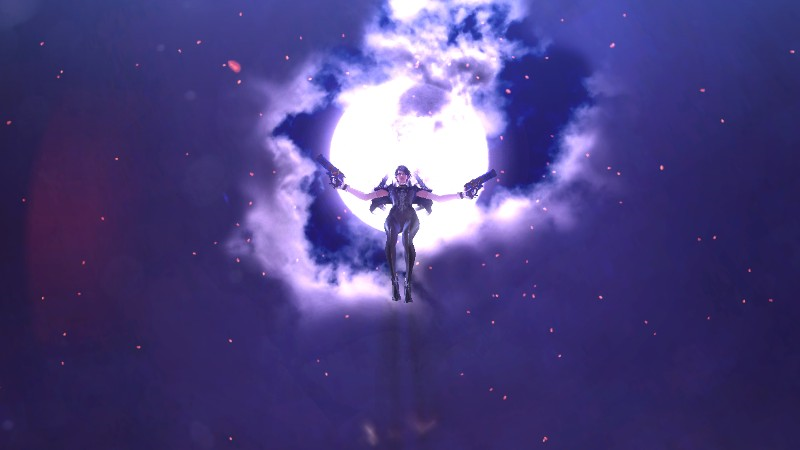 |
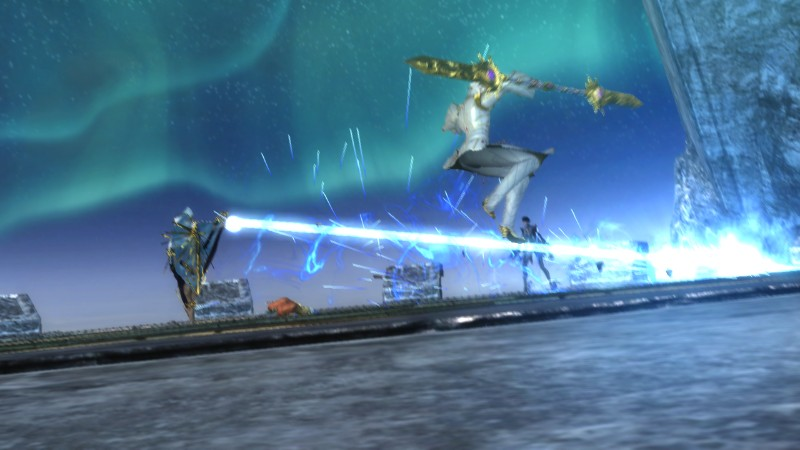 |
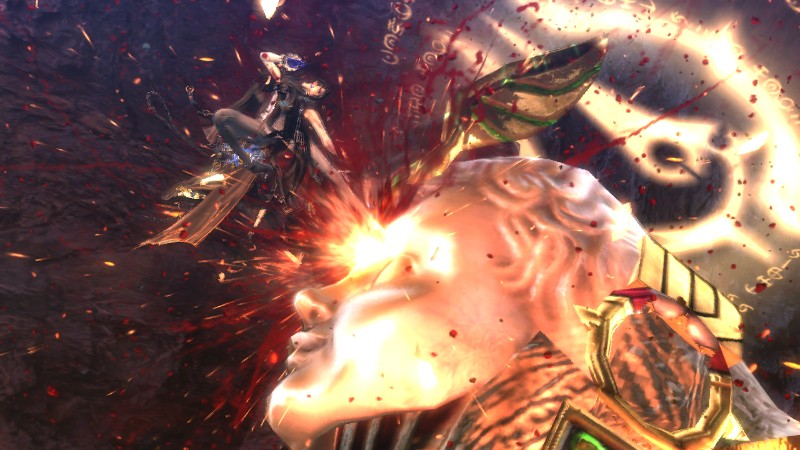 |
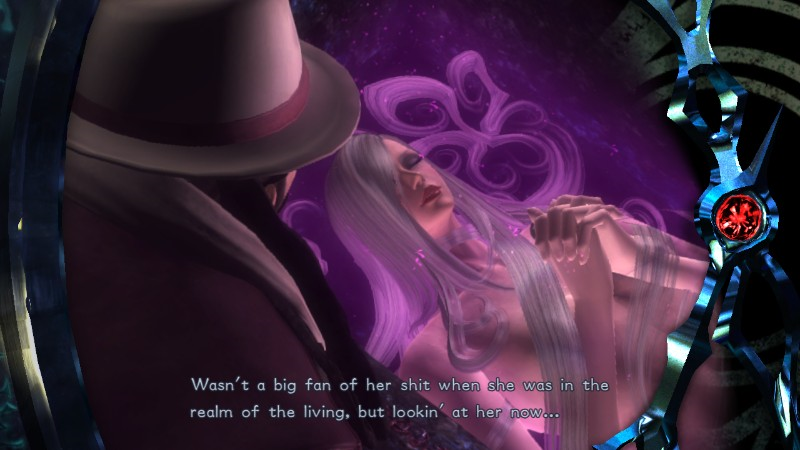 |
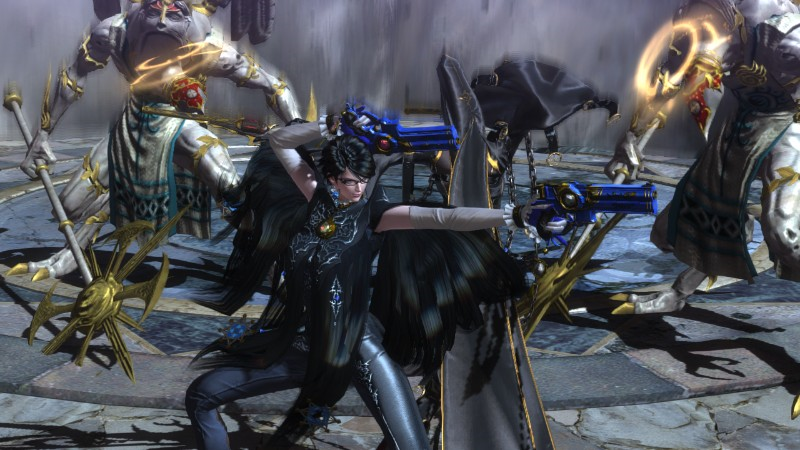 |
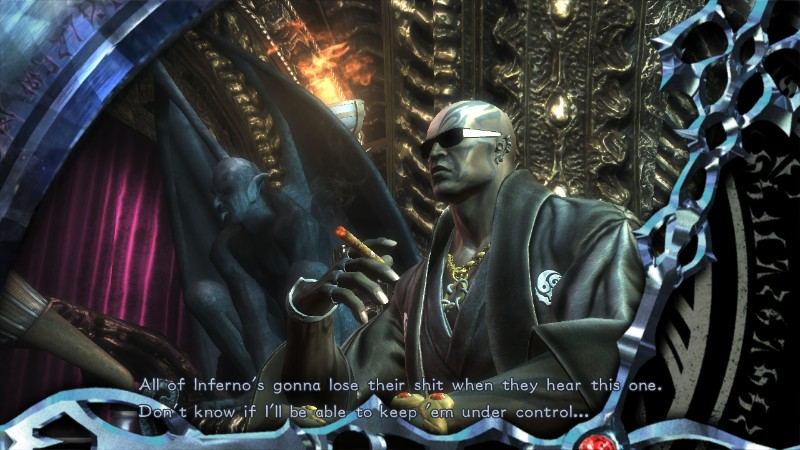 |
The
last, and, by far, most overlooked, never-mentioned aspect of Bayonetta
2, is its astonishing localization. With "Engrish" being accepted
as the norm for translations of Japanese games, titles with truly natural,
culturally-accurate localizations are often overlooked. Bayonetta 2
is one such example. Never before have I seen a Japanese game so well-translated
and adapted to American culture. There are few (if any) games really like
it. Vernacular such as "Fuggetaboutit!" isn't typically what we
hear in a video game from Japan. Translation - and localization
as a whole - is not just about raw, straight translations of words and phrases;
it's about the expression of a feeling from one culture to another, and
Bayonetta 2 succeeds in this with flying colors. It really does bring
each of the game's characters to life. Without such incredible localization,
Bayonetta 2's characters would be as lame as other games with no
personality, whatsoever. |
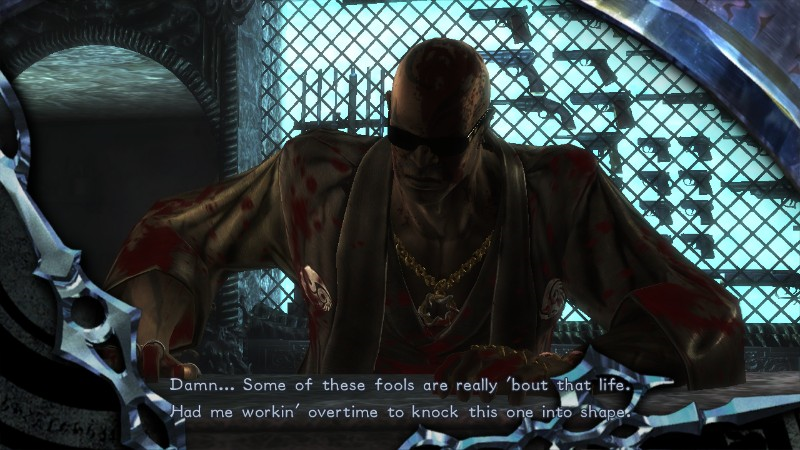 |
British or American,
every character in this game is depicted perfectly. When Enzo says, "Fuggetaboutit!"
or some other wiseguy line, it's not just a part of a script to further
the story; it's more than that. We hear who he is. He's
not just some mafia-looking dude with an accent and script that doesn't
match him. Every part of his design is accurate to the East coast attitude
he is supposed to portray. The same goes for Rodin, whose voice actor
and lines perfectly convey the desired attitude fit for his cool and calm
design. His verbal expression couldn't have been more accurate for the
time (when the game was being developed in 2014), as he talks about some
demons being "'bout that life." The localization crew should
be given a raise for this, and ultimately a permanent position in any
game company they like. There are a lot of translators out there (some
maybe even better than myself), but work of this caliber is incredibly
rare in most imports from Japan.
|
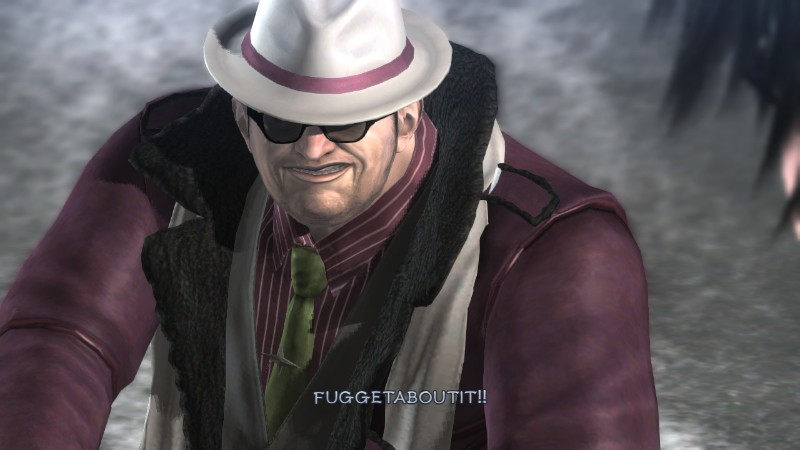 |
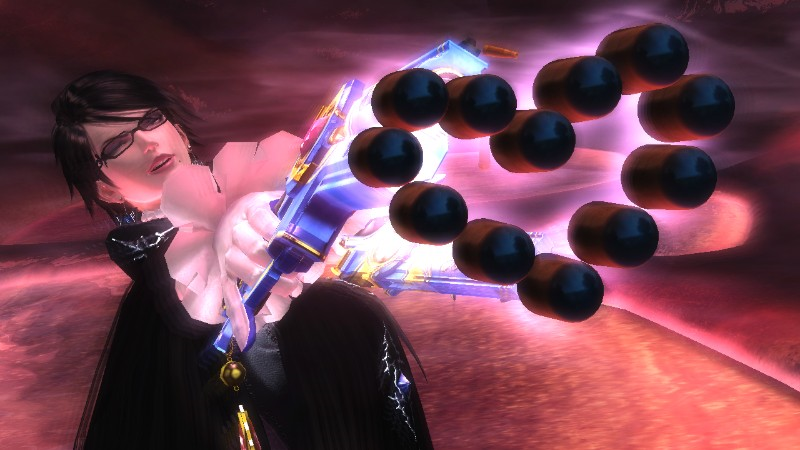 |
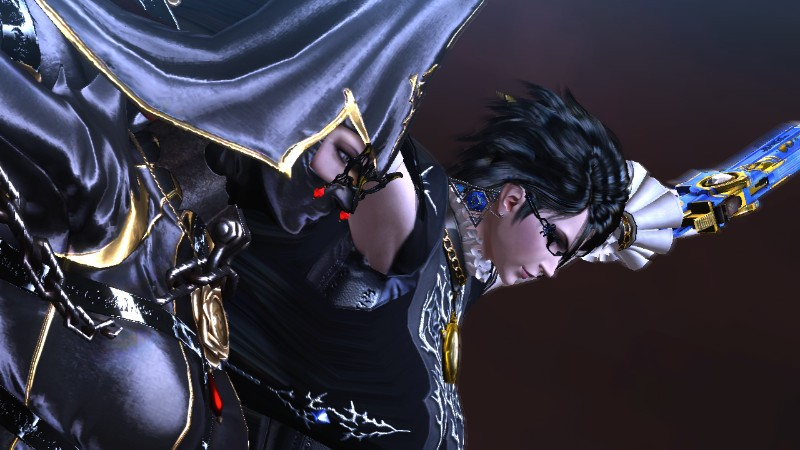 |
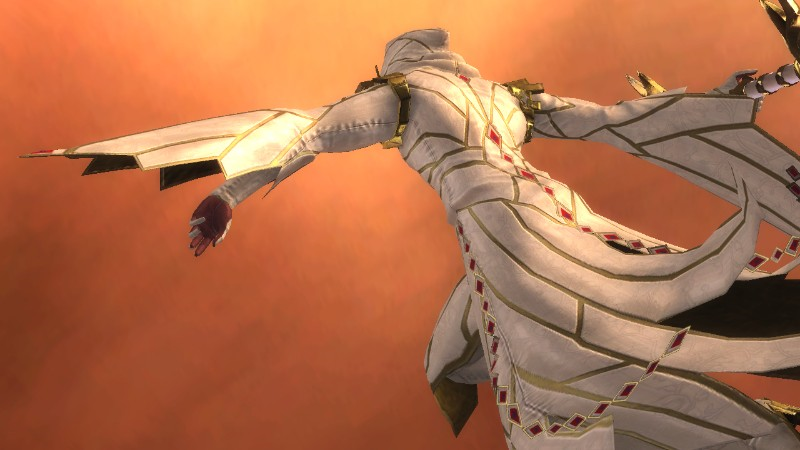 |
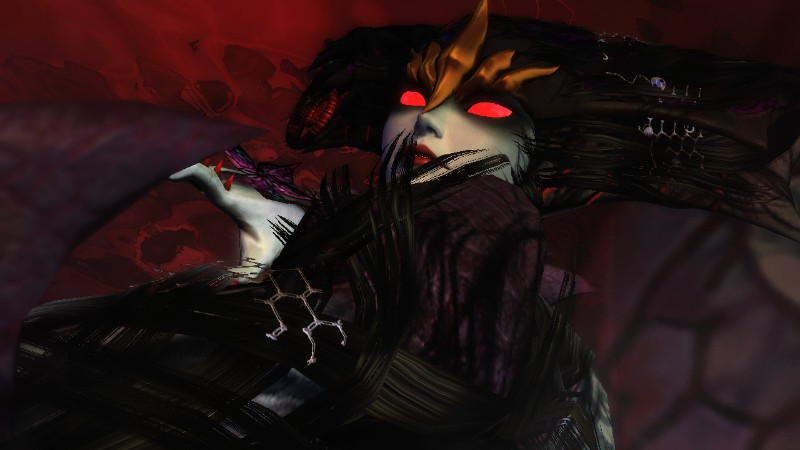 |
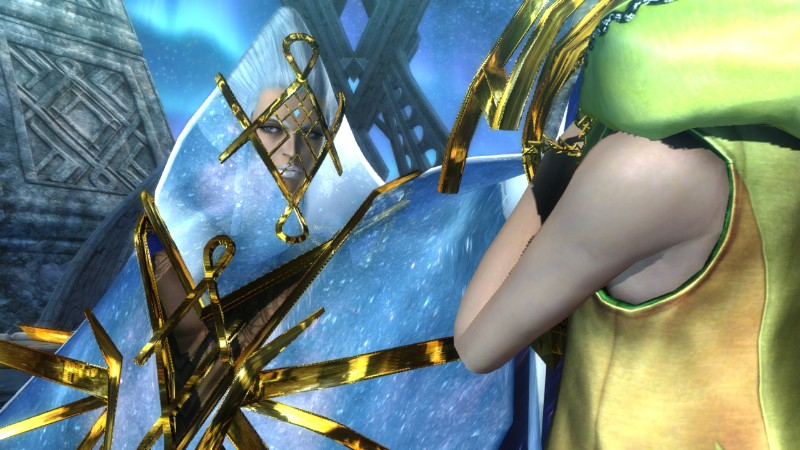 |





